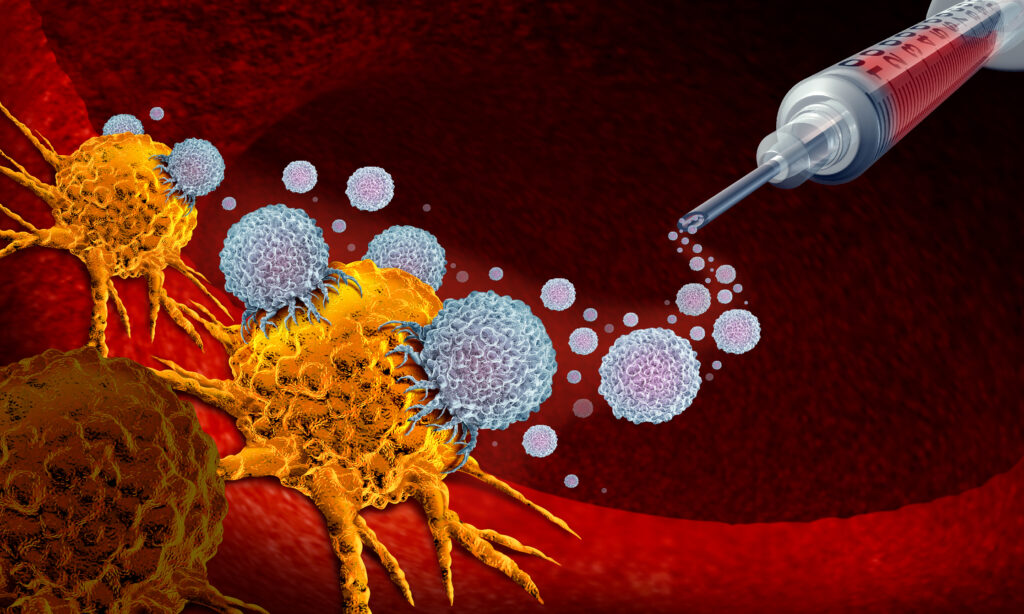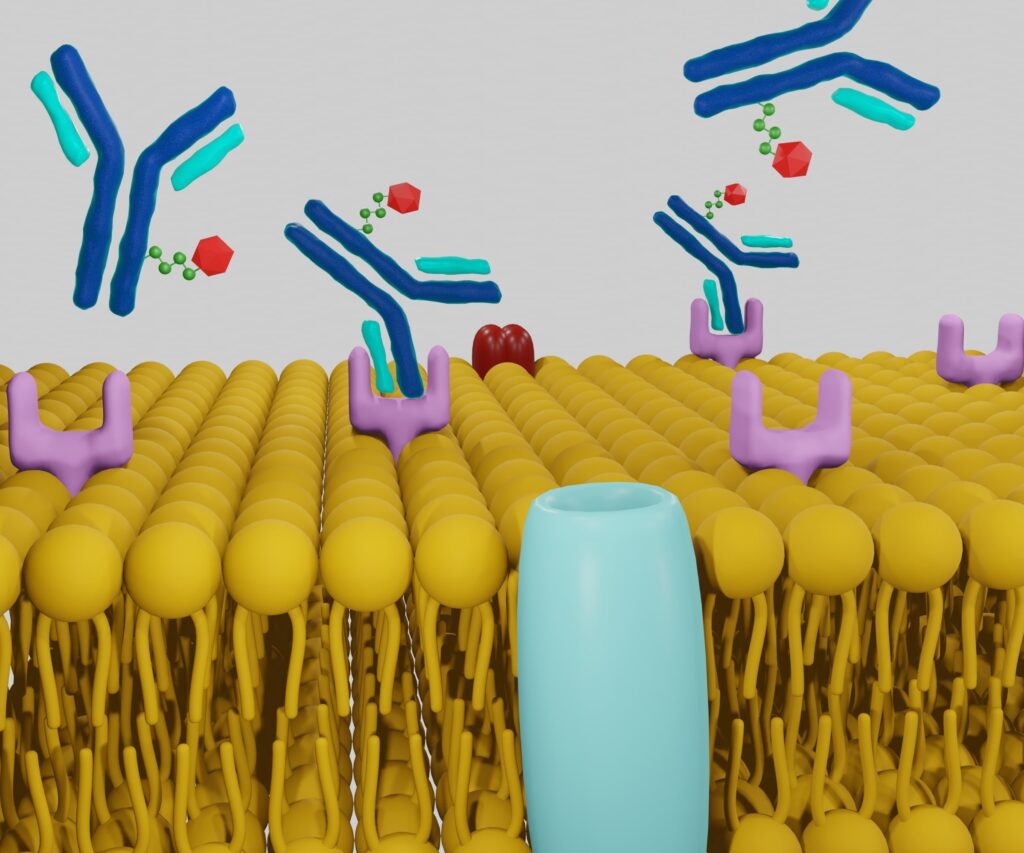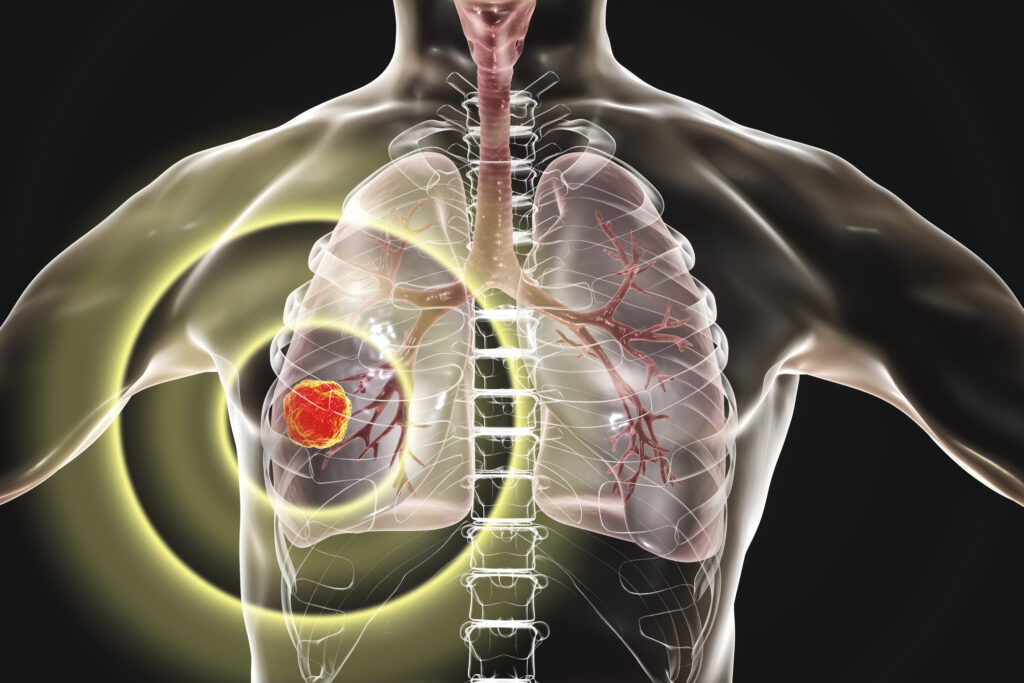Radionuclide production involves generating radioactive isotopes for various applications in medicine, industry, and research. This process can be achieved through several methods, including reactor-based production, cyclotron production, and generator systems. Each method has its own advantages, limitations, and specific uses. This article explores these production methods, their applications, safety considerations, and the future prospects of radionuclide production.
Introduction Radionuclide Production
Radionuclides, or radioactive isotopes, are atoms with unstable nuclei that release radiation to a stable form during their decay. These isotopes have significant applications in fields such as medicine, industry, and scientific research. The production of radionuclides is a complex process involving various techniques and technologies. This article reviews the different methods of radionuclide production, their applications, safety measures, and the future of this vital industry.
Methods of Radionuclide Production
Reactor-Based Production
Reactor-based production is one of the primary methods for generating radionuclides. Nuclear reactors are designed to sustain a controlled nuclear chain reaction, producing large amounts of energy and neutrons. These neutrons are essential for creating radionuclides through neutron activation.
Neutron Activation
Neutron activation involves bombarding a stable isotope with neutrons, converting it into a radioactive isotope. For example, stable cobalt-59 can be converted into radioactive cobalt-60 by neutron activation. This method is widely used to produce various radionuclides, including molybdenum-99, which decays to form technetium-99m, a crucial isotope in medical imaging.
Fission Products
Another approach in reactor-based production is the extraction of fission products. When a heavy nucleus, such as uranium-235, undergoes fission, it splits into smaller nuclei, releasing energy and neutrons. These smaller nuclei, known as fission products, often include valuable radionuclides. Iodine-131 and xenon-133 are examples of fission products used in medical and industrial applications.
Cyclotron Production
Cyclotron production involves the use of particle accelerators, specifically cyclotrons, to generate radionuclides. Cyclotrons accelerate charged particles, such as protons or deuterons, to high energies and direct them at target materials. The interaction between the accelerated particles and the target nuclei produces radionuclides through nuclear reactions.
Proton Bombardment
One common technique in cyclotron production is proton bombardment. Protons are accelerated and directed at a target material, causing nuclear reactions that produce radionuclides. For instance, the bombardment of oxygen-18 with protons can produce fluorine-18, which is widely used in positron emission tomography (PET) imaging.
Deuteron Bombardment
Deuterons, which are nuclei of deuterium (a hydrogen isotope with one proton and one neutron), can also be used in cyclotron production. Bombarding nitrogen-14 with deuterons, for example, produces carbon-11, another important isotope in PET imaging.
Generator Systems
Generator systems, or radionuclide generators, provide a convenient and reliable source of short-lived radionuclides. These systems contain a parent radionuclide that decays to produce a daughter radionuclide. The daughter radionuclide can then be easily extracted and used for various applications.
Technetium-99m Generators
Technetium-99m generators are among nuclear medicine’s most widely used generator systems. These generators contain molybdenum-99, which decays to produce technetium-99m. Due to its ideal physical and chemical properties, the technetium-99m can be eluted from the generator and used in diagnostic imaging procedures.
Strontium-82/Rubidium-82 Generators
Another example of generator systems is the strontium-82/rubidium-82 generator. Strontium-82 decays to produce rubidium-82, which is used in cardiac imaging to assess myocardial perfusion.
Applications of Radionuclides
Medical Applications
Radionuclides play a crucial role in modern medicine, particularly in diagnostic imaging and therapy.
Diagnostic Imaging
Diagnostic imaging techniques extensively use radionuclides such as technetium-99m, fluorine-18, and iodine-123. These isotopes are incorporated into radiopharmaceuticals, which are administered to patients. The emitted radiation is detected by imaging devices, providing detailed images of organs and tissues. This aids in the diagnosis and monitoring of various medical conditions.
Therapeutic Applications
Radionuclides are also employed in the treatment of diseases. For example, iodine-131 is used to treat thyroid cancer and hyperthyroidism. Lutetium-177 and yttrium-90 are used in targeted radionuclide therapy to treat certain types of cancer, delivering radiation directly to the tumour cells while sparing surrounding healthy tissues.
Industrial Applications
In industry, radionuclides are used for various purposes, including non-destructive testing, process control, and material analysis.
Non-Destructive Testing
Non-destructive testing (NDT) techniques utilise radionuclides to inspect the integrity of materials and structures without causing damage. Gamma radiography, for instance, uses isotopes like iridium-192 to create images of welds, pipelines, and other components, detecting defects and ensuring quality control.
Process Control and Automation
Radionuclides are also used in process control and automation to monitor and optimise industrial processes. For example, krypton-85 is used in flow meters to measure the flow of liquids and gases in pipelines, ensuring efficient operation and reducing wastage.
Scientific Research
Radionuclides are invaluable tools in scientific research. They enable the study of various phenomena in fields such as chemistry, biology, and environmental science.
Tracer Studies
Tracer studies involve the use of radionuclides to trace the movement and interaction of substances within a system. For instance, carbon-14 is used in radiocarbon dating to determine the age of archaeological and geological samples. In biology, radioactive isotopes are used to track metabolic pathways and study the behaviour of molecules within living organisms.
Environmental Monitoring
Radionuclides are also used in environmental monitoring to assess pollution levels and study environmental processes. For example, tritium and carbon-14 are used to study the movement of water and carbon in ecosystems, providing insights into climate change and other environmental issues.
Safety Considerations
The production and use of radionuclides involve significant safety considerations to protect workers, the public, and the environment from radiation exposure.
Radiation Protection
Radiation protection measures are essential in radionuclide production facilities to minimise exposure to ionising radiation. This includes the use of shielding, remote handling tools, and protective clothing. Monitoring and controlling radiation levels in the workplace are crucial to ensure the safety of personnel.
Waste Management
The production of radionuclides generates radioactive waste, which must be managed safely to prevent environmental contamination. This involves segregating, treating, and disposing of radioactive waste according to regulatory standards. Long-lived radionuclides require careful handling and disposal in specialised facilities to ensure long-term safety.
Regulatory Compliance
Radionuclide production and use are subject to strict regulations and guidelines to ensure safety and security. Regulatory bodies, such as the International Atomic Energy Agency (IAEA) and national nuclear regulatory authorities, establish standards for radiation protection, waste management, and the transport of radioactive materials. Compliance with these regulations is mandatory to safeguard public health and the environment.
Future Prospects
The future of radionuclide production is promising, given ongoing technological advancements and increasing demand for radioisotopes in various fields.
Technological Advancements
Advancements in nuclear reactor and cyclotron technologies are expected to enhance the efficiency and yield of radionuclide production. Research into new target materials and nuclear reactions may lead to the discovery of novel radionuclides with unique properties for specialised applications.
Emerging Applications
Emerging applications of radionuclides in personalised medicine, environmental monitoring, and industrial processes are likely to drive further growth in the industry. The development of new radiopharmaceuticals for targeted therapy and the use of radionuclides in precision agriculture and pollution control are examples of potential future applications.
Sustainable Production
Sustainable production practices, such as using renewable energy sources in production facilities and recycling radioactive materials, are becoming increasingly important. Efforts to minimise the environmental impact of radionuclide production and ensure the sustainable use of resources are likely to shape the future of the industry.
Conclusion
Radionuclide production is a complex and vital process with diverse medical applications, industry, and research applications. The methods of production, including reactor-based, cyclotron, and generator systems, each have their unique advantages and applications. Safety considerations, including radiation protection, waste management, and regulatory compliance, are essential to ensure radionuclides’ safe and sustainable use. The future of radionuclide production is promising, with technological advancements and emerging applications driving growth and innovation in the industry. As we continue to explore the potential of radionuclides, their role in improving human health, advancing scientific knowledge, and supporting industrial processes will undoubtedly expand.
Disclaimer
The content provided in this article, Radionuclide Production: Methods and Applications, is intended for informational and educational purposes only. While every effort has been made to ensure the accuracy and reliability of the information presented, Open MedScience makes no warranties or representations as to its completeness, timeliness, or suitability for any specific purpose.
This article does not constitute professional advice, including but not limited to medical, scientific, technical, or regulatory guidance. Readers are advised to consult qualified professionals or relevant regulatory authorities for advice on radionuclide production, handling, and application in specific contexts.
The use of radioactive materials involves significant health, safety, and environmental risks. All activities involving radionuclides should be conducted in accordance with applicable laws, safety standards, and regulatory requirements. Open MedScience accepts no responsibility or liability for any loss, injury, or damage resulting from the use or misuse of the information provided.
Reference to specific products, technologies, or organisations does not imply endorsement or recommendation by Open MedScience.
You are here: home » diagnostic medical imaging blog »



